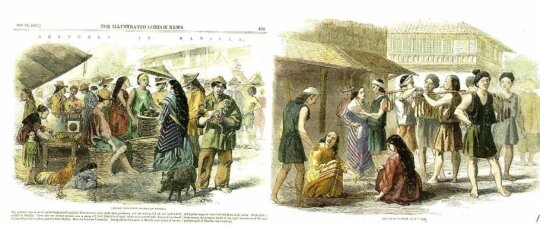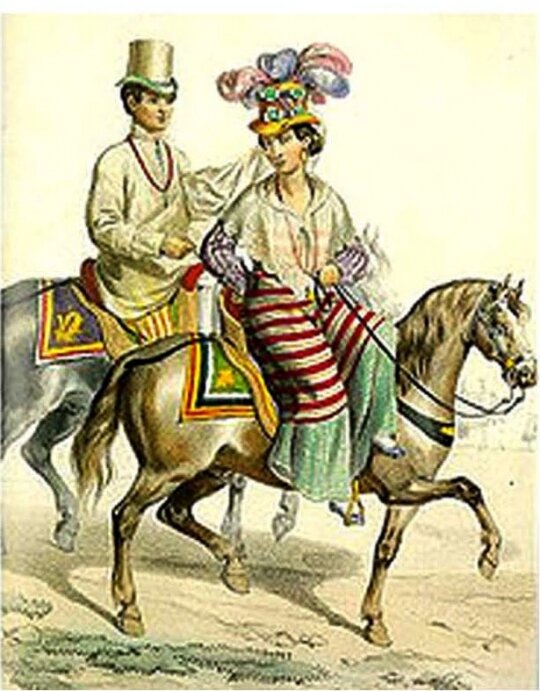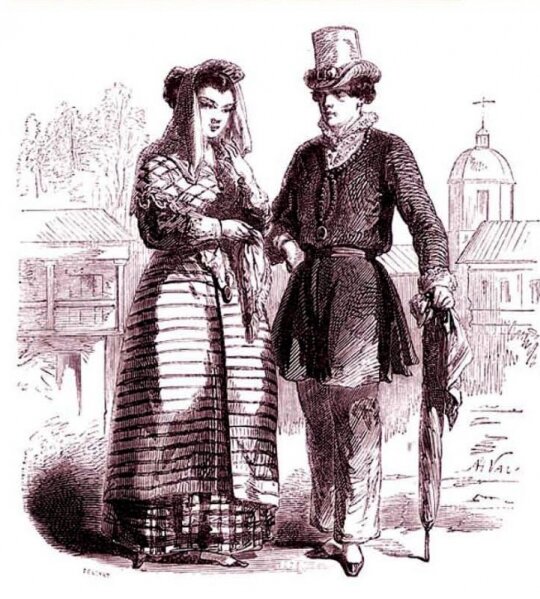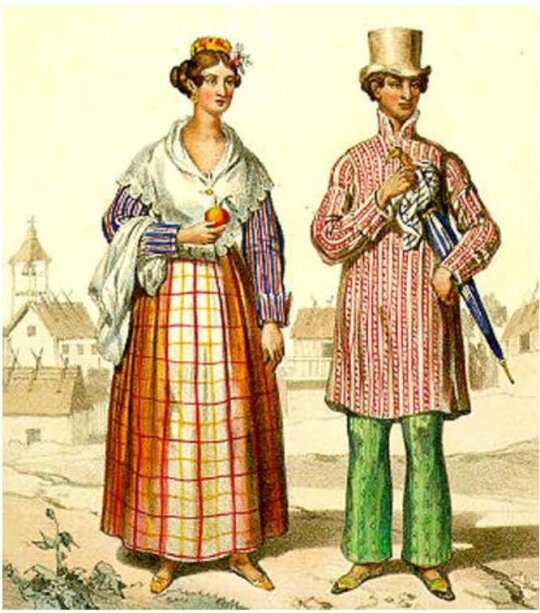The origin of Filipino

Sydney, Australia
December 31, 2013
The word Filipino, as we understand it today, is just a 100 years old. The inhabitants of the Philippines were not officially known as Filipinos until the late 19th century. In 1521, the Portuguese navigator Ferdinand Magellan discovered the Philippine Islands for the Western world and called the early inhabitants indios, meaning the indigenous, autochthonous aboriginal or native inhabitants of the islands. Magellans act followed the common practice by Spain of calling the original inhabitants of the lands discovered and colonised by the Spanish conquistadores, regardless of their location in the world, as indios.

In 1543, Bernardo de la Torre, a member of the Villalobos Expedition named the Samar-Leyte region in the Visayas as Felipinas, in honour of then Prince Philip of Asturias, who later became Philip II of Spain. In 1565, the name became Las Filipinas, thanks to Adelantado Miguel Lopez de Legaspi who applied the name to the entire archipelago. The official name given to the islands, however, did not alter the name given to its early inhabitants by Magellan. The name indio remained and had an added connotation of inferior, therefore, primitive. During the entire Spanish domination of the islands, the Philippines social structure consisted of five layers, namely: the Spanish-born residents known as peninsulares; the full-blooded Spaniards born in the Philippines called either filipinos or insulares; the Spanish mixed-breeds called mestizo; the Chinese mestizo; and the indios, the indigenous inhabitants. Among these groups a hidden distinction of superior and inferior races existed. The mutual antipathy between the first two social classes was real, although well disguised. The first considered the latter as inferior to them and less intellectually endowed. The mestizo, a product of racial intermarriage, was not recognized as a separate legal group. In fact, they were classed among the coloured population by the peninsulares. The Spaniards, the filipinos, and the insulares looked down upon the mestizos who, in turn looked down upon the indios. As a result, the first three classes in the social ladder, who acted in the same manner when dealing with the indios, were despised and hated by the full-blooded inhabitants who in retaliation, called the non-indios kastila, a pejorative name.

In spite of the growing number of the indio population who did not distinguish between peninsulas and filipinos, this social structure continued until the middle of the 19th century. As far as the natives were concerned, the privileged white population of the Philippines was all kastila. The indios, the peninsulares and the Filipinos or insulares, not to mention the mestizos, both the Spanish and the Chinese-mixed bloods, did co-exist in the islands. Taken as a group, the Spaniards, who comprised the first two classes, represented a smaller percentage of the population. Most of them belonged either to the Church or to the State. The census of 1883 indicated that 95 per cent of the population of the Philippines was indios, while 4 per cent comprised the mestizos(European and Chinese). Only 1 per cent of the population was Spanish and those of Spanish descent. The number of people called filipinos was never large, as there was only just over 1,000 male adult Filipinos during that period.
The opening of the Philippine ports to foreign trade and the introduction of European liberal ideas resulted in the emergence of a middle class during the early 1800s. This brought changes in the interaction between the inhabitants. The middle class, comprised mainly by the mestizos, started to think of themselves as Filipinos, the same definition of the word as we know it today, and they no longer aspired to become Spaniards in the Philippines. Mestizos were relaxing about being regarded as natives of the islands. The first Filipino patriotic sentiment may be dated to the 1860s when Fr. Jose Burgos, a talented Spanish-Filipino mestizo who fought for the interests of Filipino priests, wrote a Manifesto addressed by the loyal Filipinso to the noble Spanish Nation which clearly identified the inhabitants as Filipinos, not as full-blooded Spaniards born in the Philippines. This was a new meaning applied to the old name. Fr. Burgos used the term to refer to a new group in the colony, a group comprised of not just the natives, but also the Chinese mestizos, Spanish mestizos, and the full-blooded Spaniards, as well.

The new meaning of the term Filipino began to enter the common usage and consciousness of the people, at least in patriotic and reform literature. But it was not a universal usage for the Spanish friars and peninsulares who insisted on naming the different sub-groups separately and continued to call the natives indios until the end of the Spanish regime. In 1879, Jose Rizal, then a young student at the University of Santo Tomas, wrote a poem entitled A La Juventud Filipina (To the Filipino Youth). Rallying the Filipino youth whom he considered the hope of the fatherland, Rizal urged them to develop their talents for their native land the Philippines. He no longer referred to Spain as the mother country. Filipino, as an official symbol of identity in the present context, was not achieved until April 1898 when the Spanish-American War broke out. Spanish Governor-General Basilio Augustin issued a proclamation calling for the loyalty and support of the indios against the US troops. He asked the population not as indios but as Filipinos ... let us fight with the conviction that victory will reward our efforts against the shouts of our enemies, let us resist with Christian decision and the patriotic cry of viva Espaa, he said.

With the expulsion of the Spaniards, the archipelago passed briefly into the hands of the natives. The term Filipino clearly could no longer mean what it was during the Spanish period a full-blooded Spaniard born in the Philippines. It now referred to the indigenous population of the Philippines, previously called indios. The use of the term Filipino to identify the Malay population caused no confusion among the indios, for under Spanish rule the term was not ambiguous to them at all. They did not care about the artificial distinction which the Spaniards maintained between those born in Spain and the Spaniards born in the Philippines. The above highlights the difference between the filipino of the Spanish period and the Filipino of today.
It is interesting to note that Andres Bonifacio, the great plebeian and leader of the Katipunan, did not refer to the inhabitants of the Philippines as Filipinos. In his writings, Katapusang Hibik ng Pilipinas and Pag-ibig sa Tinubuang Lupa, Bonifacio called the inhabitants Tagalogs and the Philippine Islands as katagalugan (Tagalog region).
This illustrates how the Filipinos themselves regarded the name. Not everyone is serious about the name Filipino. Some sectors of society have been clamouring to change the name

because they believe that King Philip II from whom the Filipinos were named after does not deserve commemoration and that the name Filipinas has no historical or social justification. In 1995, a member of the Philippine congress introduced a bill changing the name of the Filipinos to Filipinians to further strengthen the countrys link with the neighbouring Indonesians, Malaysians and the Singaporeans. According to the distinguished member of the Philippine lawmaking body who introduced the bill, the change was needed to counteract the negative image of Filipinos, who are associated with domestic helpers, entertainers, contract workers, and the caricature of the mail-order brides. The Times Journal, a national newspaper in the Philippines, came up with a light hearted rejoinder and proposed the name Filipinese in the same manner that the Taiwanese, the Japanese and the Chinese are called.
A few years back, in 1967, there was a proposal to change the name of the Philippines to Rizalia, thereby calling its inhabitants as Rizalians. Other proposed names for the Philippines include Tagalia, Luzviminda (Luzon-Visayas-Mindanao), Silangan (East), Katagalogan (Tagalog reion), and Maharlika (noble). Whatever the arguments against or in favour of changing the name Filipino, it is worth remembering what the late Filipino historian, Domingo Abella, said on the subject. He stated that Filipino as an identifier for the Philippines is one of the greatest achievements of the Malay Filipinos: the laborious process by which, surmounting racial prejudice and institutionalised discrimination, the Malays transformed themselves from the lowly indio, a colonial subject, to the independent Filipino of today.
From Footnotes to Philippine History by Renato Perdon, Universal Publishers, Boca Raton, USA, 2008
Photos: All illustrations from the collection of the National Library of the Philippines.
Related article:
Why Filipinos have Spanish names?
